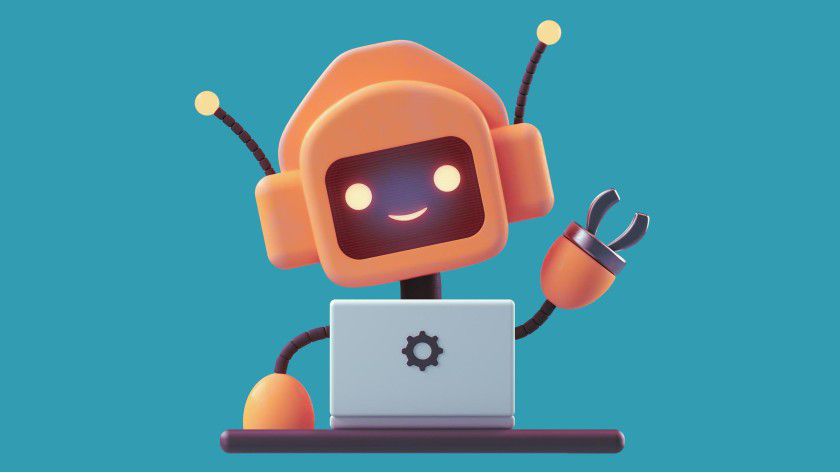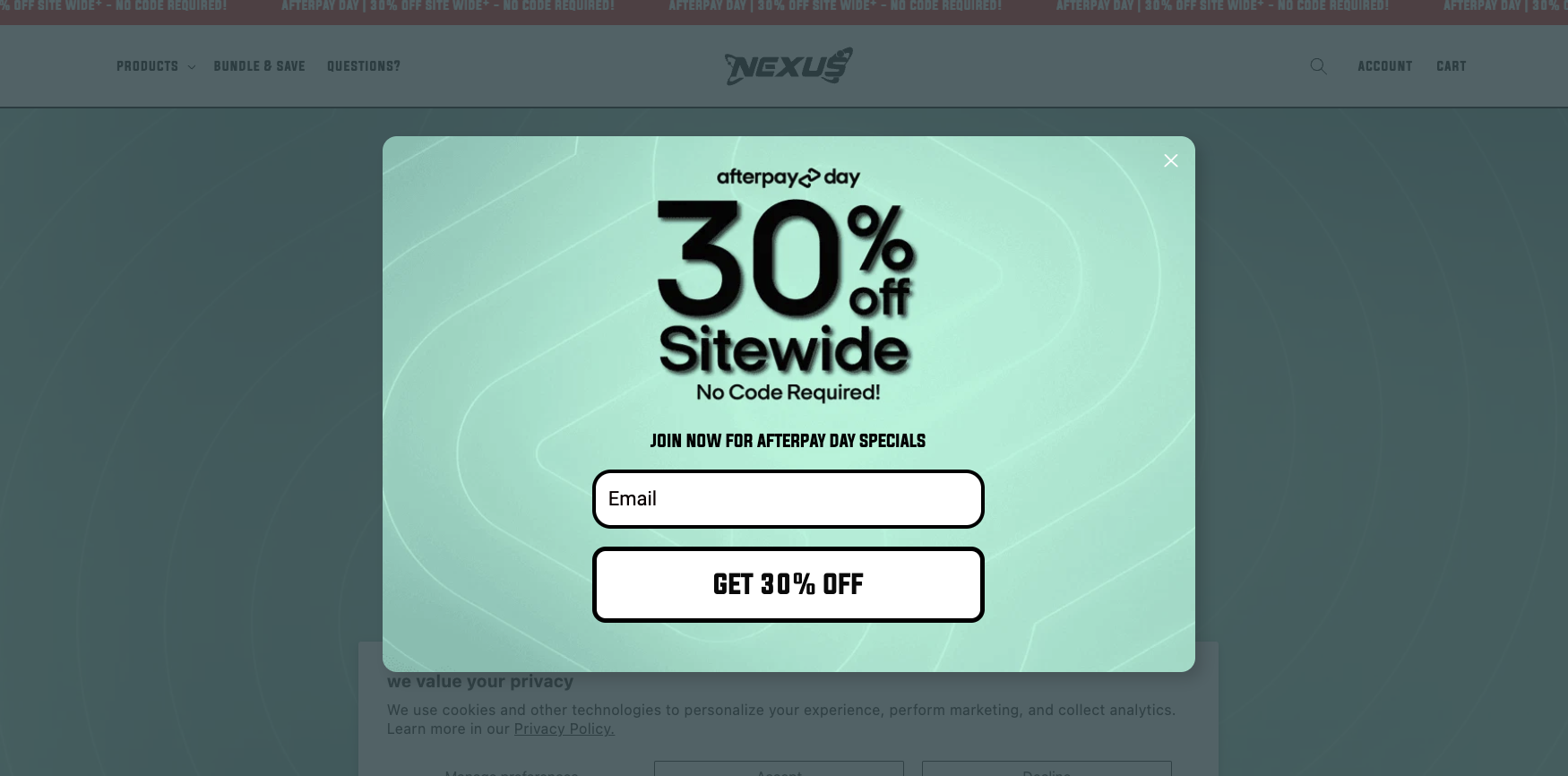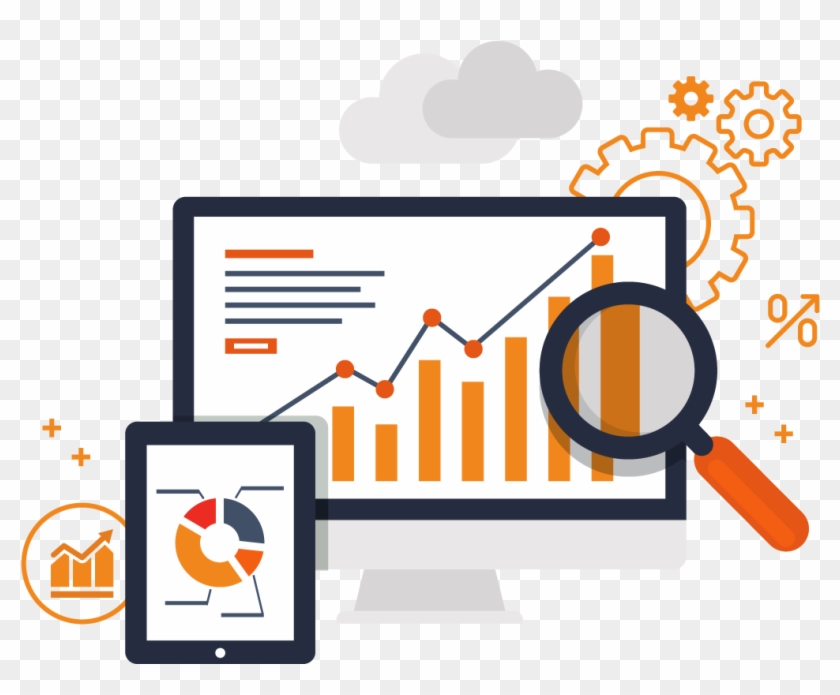
Pop-ups vs chatbots: Which tool generates the most conversions?
In a hyper-competitive digital world, conversion tools are essential to capture the attention of your prospects. Pop-ups and chatbots play a central role in marketing strategy, but which of these two levers truly offers the best return in terms of conversions? This article analyzes in detail the advantages and disadvantages of each, while providing concrete recommendations to optimize your strategy. Read this article to discover which solution best aligns with your objectives.
Performance Comparison: Pop-ups vs Chatbots
Before addressing optimization techniques, let’s first analyze the advantages and limitations of each tool.

Advantages and Disadvantages of Pop-ups
Pop-ups stand out for their ability to immediately capture visitors’ attention. Their quick setup and strong visual impact make them an effective tool for prompting action. For example, a 2022 study revealed that a well-targeted pop-up can increase the conversion rate by up to 200%.
Advantages:
- Immediate visibility: Instantly captures attention.
- Ease of integration: Easy to deploy across various platforms.
Disadvantages:
- Intrusiveness risk: An untimely display can irritate the user and increase bounce rates.
- Limited customization: Less suitable for providing a tailored experience.
Furthermore, it is crucial to calibrate the appearance of pop-ups to avoid disrupting navigation while maximizing their conversion potential.
Advantages and Disadvantages of Chatbots
Chatbots offer a more personalized and dynamic interaction, operating 24/7 to answer visitors’ questions and qualify leads in real time. Their ability to engage in interactive conversation allows for a stronger bond with the user.
Advantages:
- Personalized interaction: Allows communication tailored to specific needs.
- Continuous availability: Provides instant support at any time.
Disadvantages:
- Technological dependence: Their effectiveness relies on a well-designed script and an efficient AI.
- High initial investment: Require thorough setup and regular maintenance.
Recent studies show that well-configured chatbots can improve customer engagement by 150%, thereby proving their added value for conversion. However, their success depends on their ability to provide a smooth and personalized experience without falling into excessive automation.
Optimize Your Strategy to Maximize Conversions
To fully leverage the strengths of pop-ups and chatbots, it is essential to tailor your strategy to your specific objectives and the nature of your audience.

Selection Criteria and Best Practices
First, define precise criteria for selecting the tool suitable for your needs. Adopt these best practices:
- Precise segmentation: Identify and target visitor profiles to personalize your messages.
- A/B testing: Compare different versions to determine the most effective format and timing.
- Consistent design: Ensure that the visual of the pop-up or chatbot reflects your brand identity and is visually appealing.
Additionally, regularly analyze data to adjust your approaches and maximize the impact of each interaction.
Integration and Continuous Optimization
Next, integrate the chosen tool seamlessly into your conversion funnel. Ensure that:
- The tool integrates easily with your CRM systems and analytics platforms.
- The user experience remains preserved, avoiding any excessive interruptions.
- User feedback is utilized to adapt the frequency and content of your notifications.
By combining these strategies, you can optimize your campaigns in real-time, turn every interaction into a conversion opportunity, and sustainably boost your marketing results.
In conclusion, to maximize your conversions, intelligently combine pop-ups and chatbots. Also use Poosh, the number one popup notification solution to capture leads, and transform every interaction into a business opportunity. Adopt these strategies now to enhance your marketing performance.